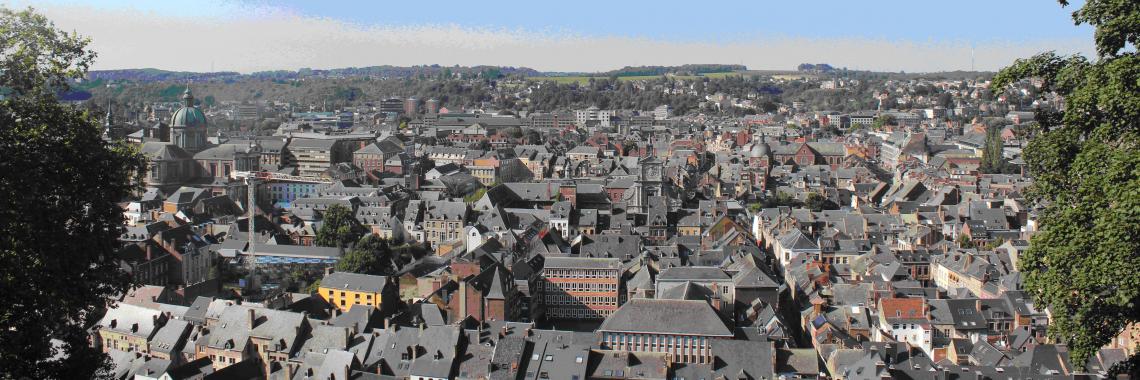
Namur
Namur, the capital of French-speaking Wallonia since 1986, is the seat of the government, parliament and administration. Namur, as the capital and decision-making hub of Wallonia, aims to promote a region that is in the midst of intensivetechnological development.
Namur, which is ranked first among smart cities in Wallonia, aims to capitalize on smart people, basing its initiatives on residents’ needs and developing infrastructures that improve the life of citizens, tourists, and economic/social stakeholders in partnership with the University of Namur, its higher education network and the private sector.
Namur is a university city, with 19,000 students in its colleges and universities, 2,000 of whom come from abroad.
Namur is a pleasant city with lots of green space, its majestic citadel and 2,000 years of history.
Although Namur has not had a major influx of immigrants to date, its policy is one of openness and integration. The city translates its documents into other languages. It has a public writer and a local integration plan. Newcomers receive a personal welcome at city hall, a brochure and an information meeting. The city also offers cultural mediation and a strong network of associations.
In Namur, living together isn’t just about orienting and integrating immigrants. It’s also about intergenerational understanding, integrating handicapped persons, assisting our most vulnerable residents, universal access to housing, safety and the feeling of safety.
One of the key elements in living together in Namur is ensuring that people are informed of major projects that affect them and that they are regularly consulted (advisory boards).
Maxime Prévot, Mayor of Namur
Mayor
Keys facts
8% of the population is of foreign origin, with 130 nationalities represented. Namur has made equal opportunities a cornerstone of its social cohesiveness policy.
20% of the population is under 20 and 25% is over 60.
Namur was ranked first in Wallonia in the AGORIA of Belgian smart cities, with 111,000 residents at the core of its considerations
